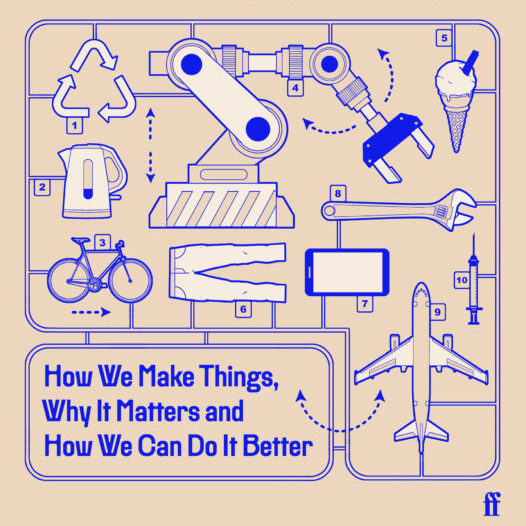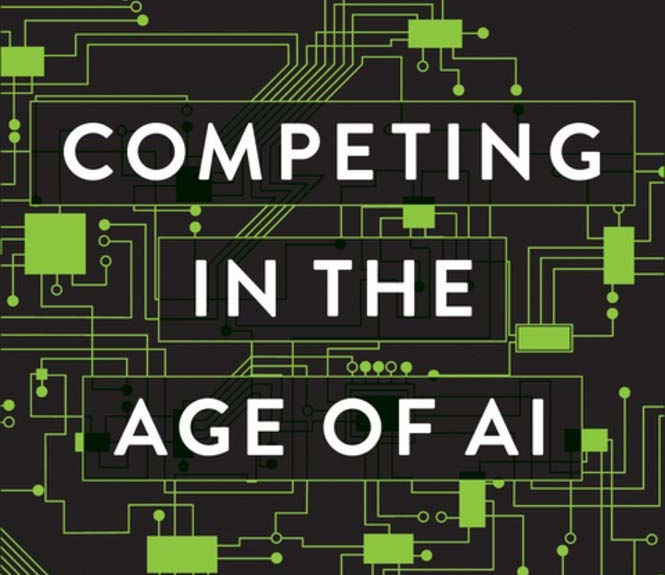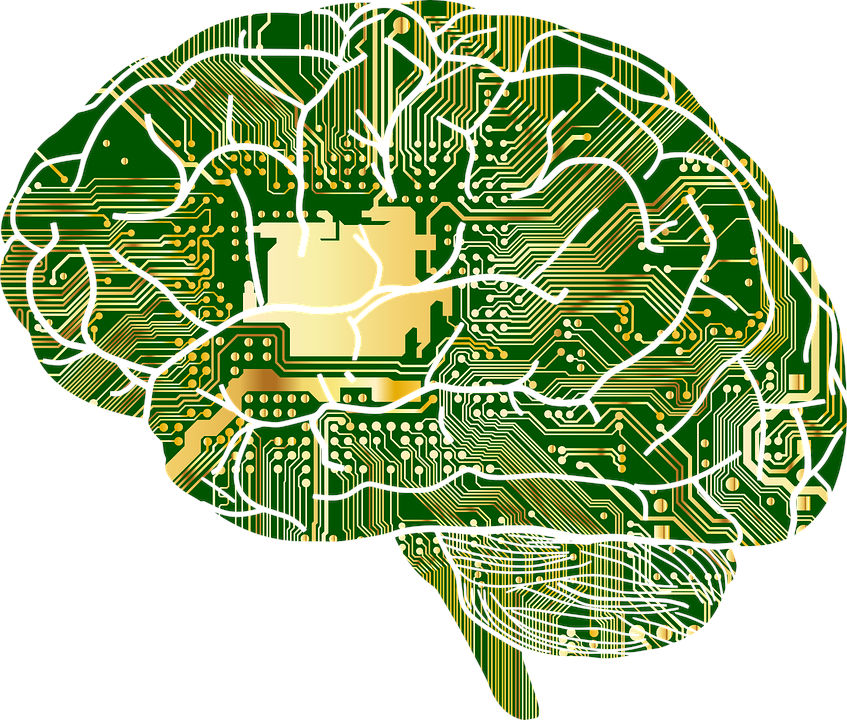Are these the best books for innovation management? There are many excellent resources and books available for R&D management practitioners and scholars. Here we have selected five of the most influential.
If you have suggestions for other books that you have found inspirational, and think we should feature, then please do get in touch.
Some of the best books for innovation management
Innovation Management. Strategy and Implementation using the Pentathlon framework – Rick Mitchell and Keith Goffin (Bloomsbury Publishing, 4th Edition 2025)
Managing innovation is like competing in an Olympic Pentathlon excellent performance in just one sport will not win you the medal. Top performance in five key areas ideation, prioritization, implementation, strategy, and people and organization is essential to success in today’s ever-changing business landscape. This is according to the authors of this book, which has recently been updated and is based around the authors’ original Innovation Pentathlon framework. It covers not only what innovation is, but why it is important and how it can be managed. Keith Goffin has written a post for R&D Today about the topic here, and Rick Mitchell has contributed several posts to the site.
The Innovator’s Dilemma: When New Technologies Cause Great Firms to Fail – Clayton M. Christensen (Harvard Business School Press, 1997)
Innovation expert Clayton M. Christensen is still cited by some of the world’s best known thought leaders, and he is considered the origin of the term ‘disruption’ for business. This influential book shows how even the most outstanding companies can do everything right but still lose market leadership. Read our review of it on R&D Today.
This book was followed up six years later with: The Innovator’s Solution: Creating and Sustaining Successful Growth – Clayton M. Christensen and Michael E. Raynor (Harvard Business School Press, 2003)
Innovation and Entrepreneurship – John R. Bessant, Joe Tidd (Wiley, 4th Edition 2024)
Innovation and Entrepreneurship provides an overview and synthesis of the most recent research on innovation and entrepreneurship, offering clear and accessible coverage of essential research principles that are applicable in a broad range of business models and industry sectors in a variety of business, public and social contexts.
John Bessant has contributed to R&D Today.
Dynamic Capabilities and Strategic Management – David J. Teece (Oxford University Press, 2nd Edition 2011)
What’s needed to sustain superior performance long term? An increasingly powerful answer to fundamental questions of business strategy lies in the concept of dynamic capabilities. These are the skills, processes, routines, organizational structures, and disciplines that enable firms to build, employ, and orchestrate intangible assets. These are essential for satisfying customer needs and cannot be readily replicated by competitors. Enterprises with strong dynamic capabilities are intensely entrepreneurial. They not only adapt to business ecosystems; they also shape them through innovation, collaboration, learning, and involvement. You can find a review of these concepts here.
Open Innovation: The New Imperative for Creating and Profiting from Technology – Henry W. Chesbrough (Harvard Business Publishing, 2006)
Henry Chesbrough is considered the originator for the term Open Innovation and his papers are often cited. In this classic book, Chesbrough explains how in today’s information-rich environment, companies can no longer afford to rely entirely on their own ideas to advance their business, nor can they restrict their innovations to a single path to market. He introduces a new paradigm, “open innovation,” which strategically leverages internal and external sources of ideas and takes them to market through multiple paths.
Henry Chesbrough’s work has been featured by R&D Today many times, and is the subject of a special Festschrift conference in 2026 in honour of his 70th birthday.
We have also featured a number of other books on R&D Today, through reviews as well as guest posts from authors. Below are a selection, but you can find even more through the Knowledge Hub.
In his entertaining book, Tim Minshall explains how huge inefficiencies in each of the make, move and consume stages of the manufacturing process are not sustainable, but then reveals how looking at issues from a different perspective can address these challenges.
Companies introduce the arts, not just as an organisational and management initiative but also as an experience-based process that will provide enjoyment and drive value to the business. How do you measure the value created?
Virtually every Nobel Prize winner is a polymath in some way. Fifty percent of the scientists and closer to ninety percent of mathematicians have a highly developed avocation for music. Art thinking can add creativity to innovation.
Artificial intelligence is augmenting the work that humans do, not fully automating it. That means companies should focus on situations where AI augmentation makes sense, according to a new book by Thomas Davenport, fellow at the MIT Initiative on the Digital Economy.
The role and impact of R&D (broadly defined to include driving innovation in any aspect of the firm) has dramatically increased, says Marco Iansiti of the Harvard Business School. In essence, AI has become the new R&D function in businesses ranging from Netflix to JP Morgan Chase.
Traditional organizations start to face diseconomies of scale, scope, and learning as they grow. You know the stuff. But AI allows the modern giga-platform companies to grow at unprecedented pace and the it seems that there are very little limits to scalability. Read the book to understand why!
Innovation for sustainability is a way for firms to improve their competitiveness while also facilitating the greater good – but both facilitating and constraining forces are at play for businesses to actually adopt such a role.
‘Red oceans’ is term coined to describe known market spaces, where to compete industry rivals need to be increasingly cut throat.
Frugal innovation has the potential to disrupt these assumptions rewriting many of the rules of marketing.
Crowdsourcing has the potential to deliver high-value solutions at very low cost, according to Christopher L. Tucci Professor of Management of Technology. Female solvers, in the outer circle develop particularly successful solutions.










